INTRODUCTION

With the new Ada Lovelace based GeForce RTX 4090 cards making their appearance even as i type these lines and the new RDNA 3 based Radeon graphics cards just around the corner gamers and professionals all over the world are getting ready for the upcoming and probably significant price cuts of previous models. For that exact reason i really wanted to test one of the top-tier cards that fell through the cracks and since i didn't climb high enough in terms of the current Radeon line i really wanted to test and see just how much better the Radeon RX 6950 XT model is compared to everything else. Still, just like every other card model there's a large number of cards based on the Navi 21 chip and so since this will probably be my last review of the Radeon RX 6XXX series i wanted something special and there's clearly not a better implementation than the TOXIC AMD Radeon RX 6950 XT Limited Edition card by SAPPHIRE.
SAPPHIRE Technology continues to be a world leading manufacturer and global supplier of innovative graphics and mainboard products, delivering its AMD Radeon based products to the PC markets addressing gaming, eSports and performance graphics enthusiasts as well as delivering an array of professional graphics products and embedded system solutions. Recently SAPPHIRE has penetrated new markets with a series of GPU Compute server systems targeting the blockchain and commercial cryptocurrency mining businesses.
The TOXIC AMD Radeon RX 6950 XT Limited Edition card by SAPPHIRE is a PCIe 4.0 x16 graphics card based on the 7nm "Navi 21 KXTX" chip featuring a total of 80 RDNA 2 compute units, 5120 stream processors, 128 raster units (or render output units), 80 ray accelerators (or ray tracing cores) and 320 texture mapping units. In case you're all wondering these numbers are exactly twice as much as the NITRO+ AMD Radeon RX 6750 XT 12GB model i reviewed a while ago (review here) so this card is a beast. The TOXIC Radeon RX 6950 XT LE sports a total of 16GB GDDR6 memory (18Gbps effective) on a 256-bit memory bus and as with past models AMD has used a small amount (128MB) of Infinity Cache memory on the GPU side to further boost the bandwidth of the card. Of course, once again technologies such as DirectX 12.0 Ultimate, ray tracing, FreeSync, smart access memory, variable rate shading, mesh shaders, sampler feedback, anti-lag, FidelityFX, image sharpening and super resolution are also supported. As for the card itself the SAPPHIRE TOXIC AMD Radeon RX 6950 XT Limited Edition is a dual-slot card that measures just 270mm in length but what really steals the show is the fact that it's cooled both via an 360mm liquid AIO (GPU) and a hybrid quick connect fan (VRM/memory). Other features include a dual BIOS switch (normal/OC), aluminum backplate, 14 layer 2oz copper PCB (increased durability) and ARGB lighting (8 different modes via TRIXX software) and as for available connections the TOXIC AMD Radeon RX 6950 XT LE card has 3 full size DP v1.4a (with DSC) ports, single HDMI v2.1 port and a three pin ARGB connector.
SPECIFICATIONS AND FEATURES

PACKAGING AND CONTENTS
At the front of the box, we see a large drawing and the company and product line logos along with the main product features and the name of the card.
The RDNA 2 technologies are printed at the rear of the box just over the system requirements.
The entire bundle is placed inside a formed piece of black foam and as for the card itself it's wrapped inside static-free bags.
Along with the TOXIC AMD Radeon RX 6950 XT Limited Edition card inside the box SAPPHIRE has also placed a bag of mounting screws, warranty information paper, quick installation guide and a very useful screwdriver kit.
THE TOXIC AMD RADEON RX 6950 XT LE
By using an AIO liquid cooler SAPPHIRE all but promises low temperatures at low noise levels.
As mentioned earlier TOXIC AMD Radeon RX 6950 XT Limited Edition is a rather small dual-slot graphics card that measures just 270mm in length, 130mm in height and 45mm in width.
In contrast here you can see just how small the SAPPHIRE TOXIC AMD Radeon RX 6950 XT LE card is compared to the 352mm long and 160mm tall GALAX GeForce RTX 3080 Ti HOF OC Lab Edition tri-slot model.
SAPPHIRE has used a hybrid fan to keep the VRM and memory temperatures in check (this fun is a quick-connect model which means you need to remove the card cover and just pull it up to release and replace it if needed).
As expected at the rear of the card we find the exhaust area.
At the front top of the card, we find the company logo underneath which SAPPHIRE has placed several ARGB LEDs.
In order to power this card, you'll need two 8-pin and one 6-pin power connectors.
The dual-BIOS (default/OC) switch is located at the front of the card next to the company logo (by default the switch is set at default BIOS).
A 3-pin ARGB connector is located at the rear end of the card.
As expected from a flagship model at the rear we find an aluminum backplate (plus more ARGB LEDs).
At the front of the card, we find three DP v1.4a DSC ports and a single HDMI v2.1 port.
SAPPHIRE (more accurately Asetek) has used 470mm long braided tubings to connect the card to the 360mm radiator.
With the fans installed the 394mm long radiator measures almost 52mm in thickness (so the radiator alone is roughly 27mm thick).
This radiator also sports an FPI (fins per inch) count of 19.
The three 120mm fans paired with this radiator are dual-ball bearing models, ARGB illuminated of course.
Worth pointing out is that SAPPHIRE has once again used radiator covers on the opposite side.
TRIXX V8.7
The main tab of the TRIXX software shows information about the card, it's current clocks, temperatures and voltages, the drivers used and also allows you to backup the card’s BIOS.
On the second tab we find numerous screens which can be used to monitor pretty much every aspect of the card.
Via the TRIXX boost tab you can enable certain features which will boost performance in exchange for a tiny reduction in image quality.
From the fan health tab, you can run a self-test/diagnostic for the 4 fans.
Finally, from the nitro glow tab you can adjust the effects, colors, speed and brightness levels of the ARGB LEDs (unfortunately they are all grouped into a single zone).
TEST BED
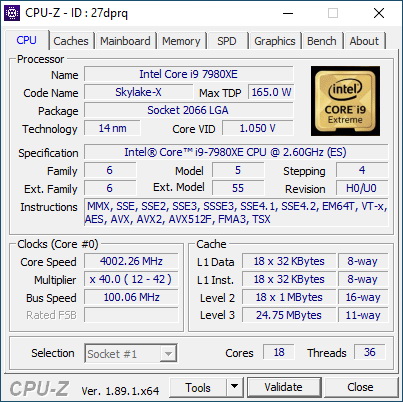

TESTING METHODOLOGY

Since we'll be using our latest test rig with our graphics cards tests, we also moved to another screen (Philips BDM4037UW) in order to also offer 4k Ultra HD tests. Of course, 2160p (3840x2160p) is not the only resolution we'll be testing cards with, we are also going to be testing them at 1080p Full HD (1920x1080p) and 1440p (2560x1440p). Also, because far too many gamers own Ultra-Wide screens at first i wanted to use our AOC AGON AG352UCG monitor in order to also have its resolution of 3440x1440p in our charts but since it's plugged into our other test rig several meters away from this one i really had to choose (and 4k seemed like the better choice). This time over we also updated the list of benchmarks/games to include the Time Spy benchmark by UL, Assassin's Creed Odyssey by Ubisoft, Devil May Cry 5 by Capcom, Dreadnought by Yager, GEARS 5 by The Coalition, Metro Exodus by 4A Games, Star Citizen by Cloud Imperium Games, The Outer Worlds by Obsidian Entertainment, Cyberpunk 2077 by CD Project* and DCS World by Eagle Dynamics**.
As with the past options like power saving, sharpness and overlays are all disabled in the cards we’re testing (to achieve maximum performance) and all tests are repeated a total of 3 times in a fresh Windows 10 Pro installation with all updates installed until the day of our review (same as all the games used). Room temperature is as usual controlled and steady at 23 degrees Celsius for all tests and to record the temperatures of the cards we used AIDA64 and GPU-Z. Recording noise levels is done with an ExTech HD600 dBA meter from a distance of no more than half a meter away (exterior of case) while power consumption is measured again using GPU-Z.
* Since February 2021
** Since August 2021
TEST RESULTS - 3DMARK TIMESPY

Time Spy was added in 3DMark back in 2016 with only 1 simple goal, to test the graphics of systems with Windows 10 and DirectX 12. Time Spy was used at default settings.



TEST RESULTS - ASSASSINS CREED ODYSSEY

Assassin's Creed Odyssey is an action role-playing video game set in the year 431 BC and the Peloponnesian War between Athens and Sparta and is based on the AnvilNext engine. For our tests we use the built-in benchmark of the game with FPS limit off, V-Sync off and the graphics set at high quality (because Assassins Creed Odyssey auto-detects your graphics card and sets settings accordingly the same graphics quality needs to be set manually every time).



TEST RESULTS - BORDERLANDS 3

Borderlands 3 is an action role-playing first-person shooter video game released back in late 2019 and is powered by Unreal Engine 4. Borderlands 3 has a very basic built-in benchmark which we set at DirectX 12 with unlimited frame rate and overall quality set to High.
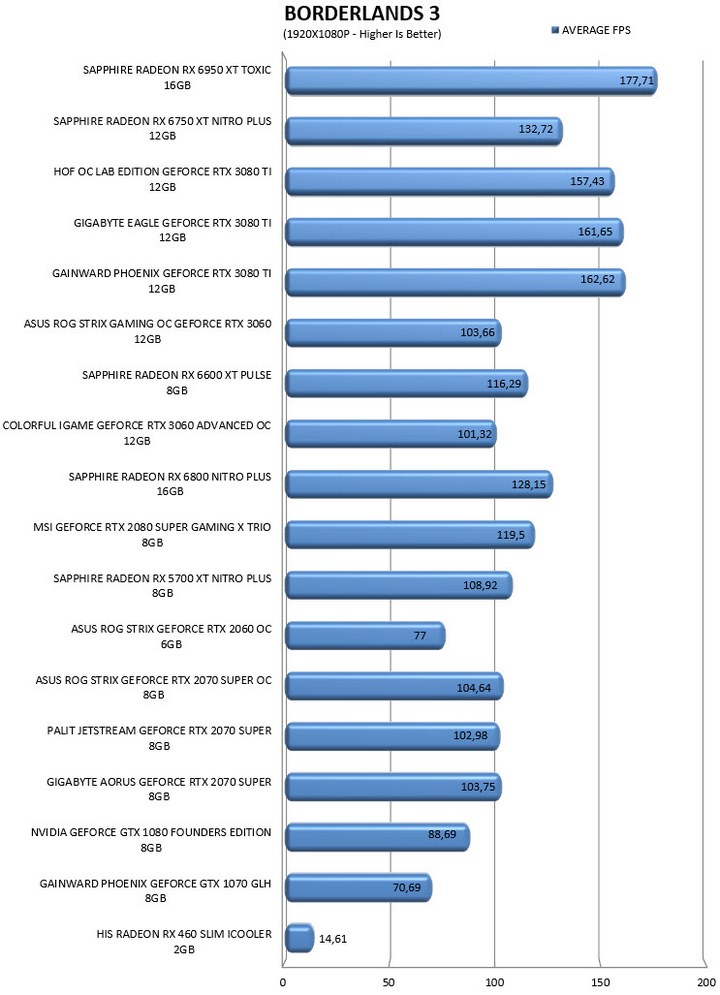


TEST RESULTS - DEVIL MAY CRY 5

Devil May Cry 5 is an action-adventure hack and slash video game released in March 2019 and is based on the RE Engine like other titles by Capcom. Devil May Cry 5 doesn't feature his very own built-in benchmark so for that purpose we're using the latest version of Rivatuner Statistics Server with V-Sync Off, variable frame rate and all graphics settings set at High.



TEST RESULTS - DREADNOUGHT

Dreadnought is a space combat simulation game released for the PC in late 2018 and is the 3rd game in our tests based on the Unreal Engine 4. Dreadnought used to come with its own built-in benchmark but since that was removed, we decided to use Rivatuner Statistics Server with V-Sync off and graphics set to High (this game is capped after all so I removed that and did all tests again – unfortunately I no longer have all the cards here).



TEST RESULTS - GEARS 5

Gears 5 is a third-person shooter video game released back in mid-2019 and is powered by Unreal Engine 4 just like Borderlands 3. Gears 5 features a very convenient (not to mention fast) built-in benchmark which we use with V-Sync off, unlimited frame rate (none for minimum) and Ultra graphics quality.



TEST RESULTS - METRO EXODUS
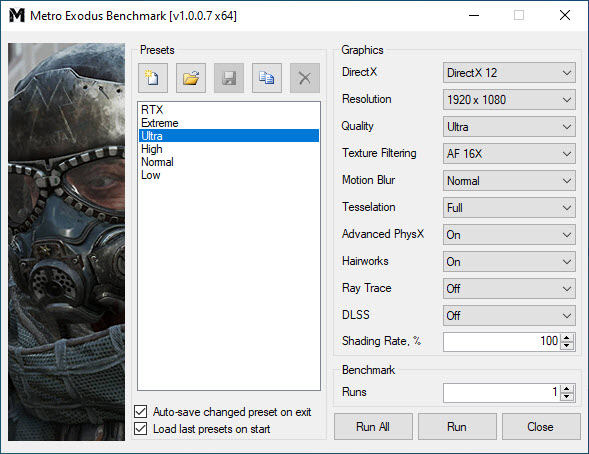
Metro Exodus is a first-person shooter video game released in 2019 and is based on the 4A Engine. The latest game in the Metro series also features its very own benchmark utility which we set at DirectX 12 and Ultra graphics quality (we're also running RTX tests with that setting set at Ultra).



TEST RESULTS - STAR CITIZEN

Star Citizen is an upcoming multiplayer space trading and combat game the main development of which started back in 2012 and is currently based on the Lumberyard game engine. Not only does Star Citizen come without any built-in benchmark (or utility) but it’s still in Alpha status meaning that this is not the most stable game title to use for our benchmarks (numerous graphics optimisations are expected between now and launch day). Still, we wanted to have it in our charts for anyone interested and so we did by using Rivatuner Statistics Server with V-Sync turned off and the graphics set at High.



TEST RESULTS - THE OUTER WORLDS

The Outer Worlds is an action role-playing game released back in late 2019 and is also based on the Unreal Engine 4. The Outer Worlds is yet another title we had to use Rivatuner Statistics Server with V-Sync off, unlimited frame rate and graphics set at Very High.



TEST RESULTS – CYBERPUNK 2077

Cyberpunk 2077 is the latest game by CD Project and is based on their REDEngine 4. Benchmarks were run on game version 1.12 with all settings set at High and with the help of Rivatuner Statistics Server.



TEST RESULTS – DCS WORLD

DCS World by Eagle Dynamics is currently the leading combat flight simulator for the PC running on their very own in-house EDGE graphics engine. Benchmarks are run with graphics set on high with V-Sync off and once again with the help of Rivatuner Statistics Server.



TEST RESULTS - OVERCLOCKING

As you can see from the test bed page, I used the default BIOS of the card for my tests and not the OC one. That was because I managed to overclock it initially to somewhat impressive 2730MHz boost, 2675MHz GPU and 2450MHz memory clocks (so i thought it would be nice to see how the card behaves at stock).





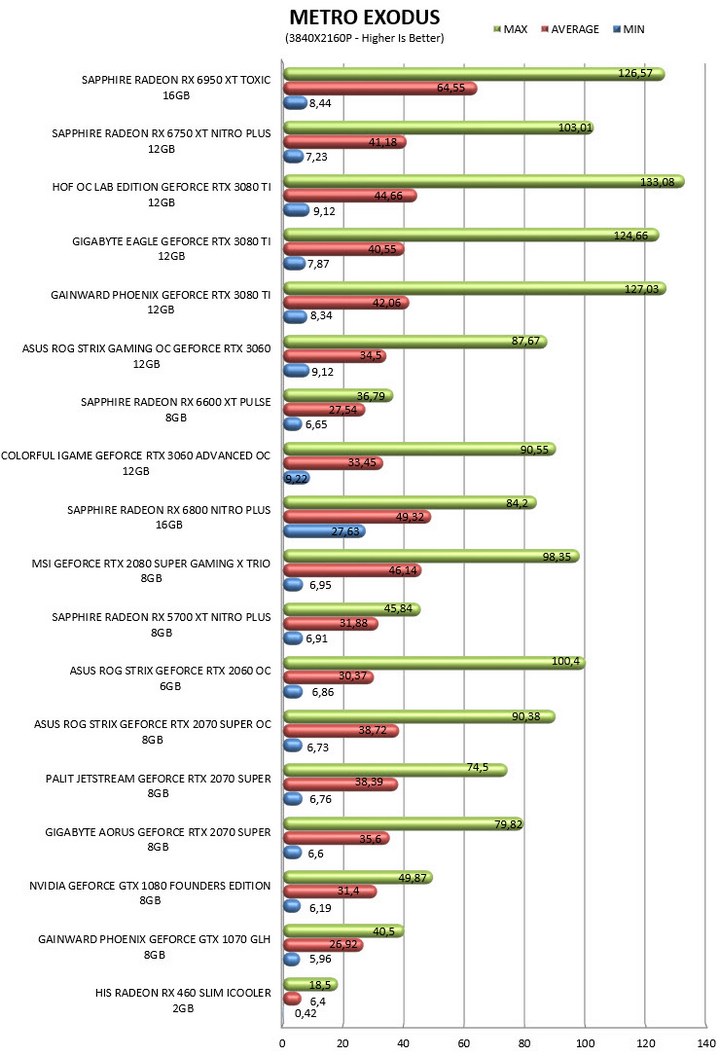
TEST RESULTS - POWER CONSUMPTION / TEMPERATURES / NOISE LEVELS



CONCLUSION
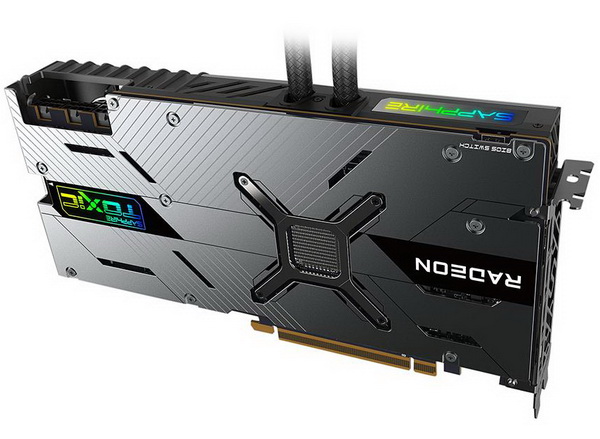
AMD released their Radeon RX 6950 XT card to counter the GeForce RTX 3090 card by NVIDIA and even though I never had the chance to test that model since the RTX 3080 Ti does come very close I think they achieved that goal. On top of that the TOXIC model by SAPPHIRE doesn’t just come with higher clocks but it also runs cooler and quieter compared to most cards to have ever arrived here (only once during my tests it went up to 59dBA but since it did, I had to put it in my charts). The fact that the card is a dual-slot one and measures just 270mm in length is also something I expect many people to appreciate (not everyone has lots of interior space, not to mention that 3-slot cards usually cover an extra PCie slot which some may want to use with another card - also no need to worry about weight issues). The 360mm AIO is something most people will like about this card. The reason I say most is because the majority of cases only have room for a single 360mm radiator and most people would obviously choose to use that for CPU cooling. Still, I guess we can’t have it all and since it does benefit the card a lot (card size, temperatures and noise levels) It’s a welcome addition. As for overclocking headroom well, I don’t know what my colleagues who have reviewed similar cards have managed to achieve but 2730MHz boost, 2675MHz GPU and 2450MHz memory clocks is something I doubt I could had achieved on another RX 6950 XT card. Also, since some of you have asked, I did check about possible CPU bottleneck in regards to the system used and the highest recorded in all of the tests was 0.41% a number which I don’t think could really affect any of the results. Also, I see to have forgotten to take pictures of the card while in the test rig so please visit my TikTok or YouTube pages to watch a quick video.
So just how much does one have to spend to get a TOXIC AMD Radeon RX 6950 XT Limited Edition card by SAPPHIRE? Well currently the TOXIC AMD Radeon RX 6950 XT LE card retails for USD1069.99 inside the USA (Newegg.com) and 1493.84Euros inside the EU (Amazon.de) a price tag which is far from what I’d call affordable. Still with the new GeForce RTX 4090 cards by NVIDIA and their partners retailing for at least USD550/700Euros over that currently I believe that the TOXIC AMD Radeon RX 6950 XT LE card is a great alternative. Performance, low temperatures and noise levels and probably one of the smallest flagship cards out there today, the TOXIC AMD Radeon RX 6950 XT Limited Edition card by SAPPHIRE has it all and for that it gets the Platinum Award.

PROS
- Build Quality (Backplate / 14 layer 2 Oz Copper PCB)
- Top Of The Charts Performance
- AIO Liquid Cooler (Asetek)
- Size (Dual Slot / 270mm Long)
- Factory Overclock
- Plenty Overclocking Headroom
- Dual BIOS
- Temperatures / Noise
- Looks (ARGB LEDs)
- Supported Technologies
- TRIXX Software
CONS
- Price (For Some)
- Power Consumption (For Some)
- 360mm Radiator (Compatibility)

 O-Sense
O-Sense





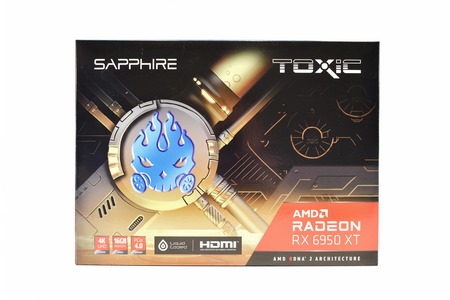

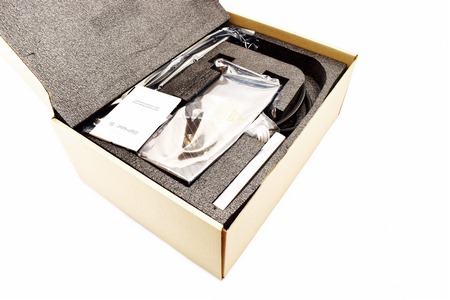










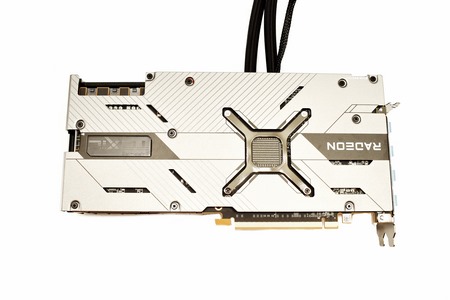


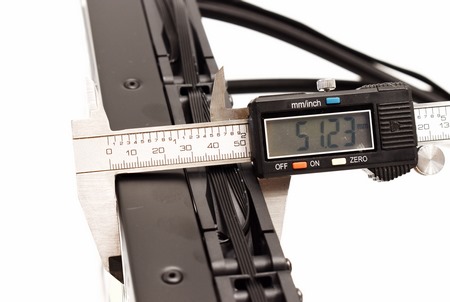



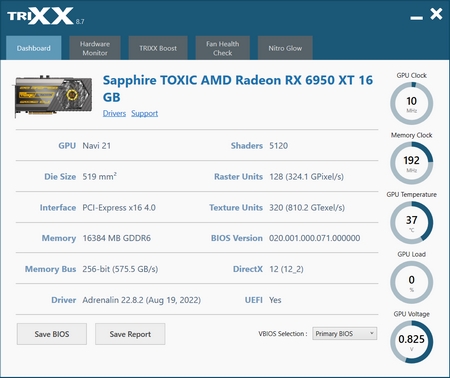



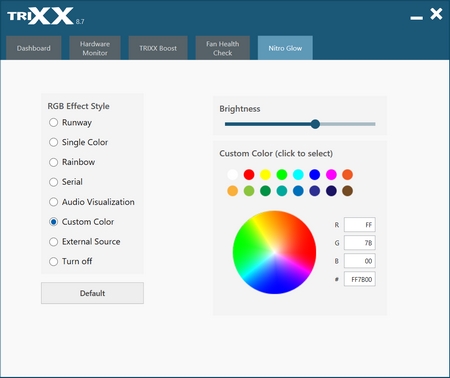



.png)

